 Several stories in the news left me wordless this past week…
Several stories in the news left me wordless this past week…
ANOTHER apartment fire in the Bronx resulted in 10 injuries. According to news reports, the apartment door was left open, allowing the fire to spread.
CBS New York: 10 Hurt In Bronx Apartment Fire, 100 Firefighters Respond
“The door was left open at this fire,” Sims said. “The most important thing they can do, when you leave the fire apartment is to close the door. By closing the door, you’ll stop the extension.” A door was also left open in the deadly Bronx high-rise fire on Jan. 9. Seventeen people were killed.
~~~
The Scottish government approved funding to cut the bottom off of thousands of classroom doors – potentially including fire doors – to increase ventilation in an effort to reduce the spread of Covid.
BBC News: Call for fire safety talks over classroom door plans
Scotland regional secretary Ian Sim said: “At the moment there is too much uncertainty and mixed messaging over these two very important fire safety issues, in particular, the potential fire risk that comes from undercutting doors. “The doors affected could potentially include fire doors.”
~~~
 Last month, a fire caused extensive damage to South Africa’s parliament building in Cape Town. It was later determined that the fire doors that were intended to help contain a fire were latched open with hooks and eyes, allowing the fire to spread freely throughout the building.
Last month, a fire caused extensive damage to South Africa’s parliament building in Cape Town. It was later determined that the fire doors that were intended to help contain a fire were latched open with hooks and eyes, allowing the fire to spread freely throughout the building.
The South African: Parliament fire: Latched fire doors helped the blaze spread
City of Cape Town MayCo Member for Safety JP Smith – who was privy to the preliminary report – said if the fire doors functioned properly, the fire may have been slowed down or denied access to other areas.
Western Cape Chief Director of Disaster Management Colin Deiner, said there are two types of fire suppression systems – active systems, which are made up of sprinkler and ventilation systems and passive systems, which include fire doors and walls.
As mentioned above, the fire doors were rendered useless by latches and the sprinkler system did not activate. Visser also noted that ventilation in the building was poor.
“A major contributing factor to the excessive heat and smoke encountered throughout the building was the open-latching of fire doors onto the fire escape staircases using small metal latches.
You need to login or register to bookmark/favorite this content.

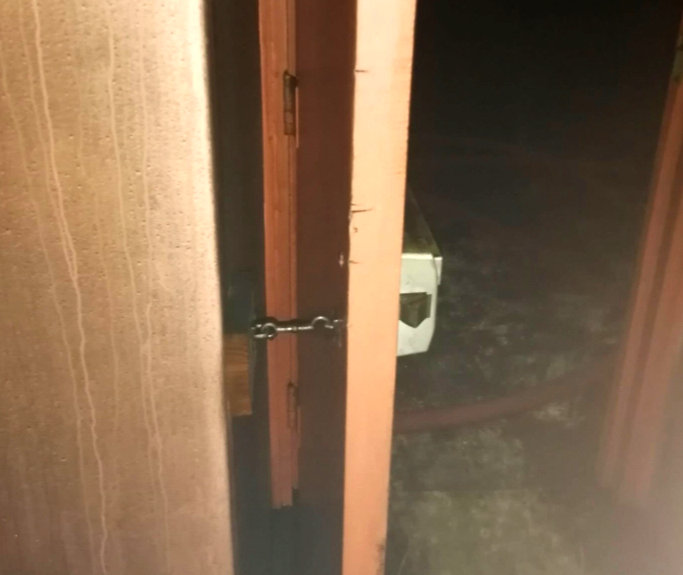
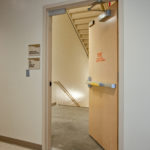
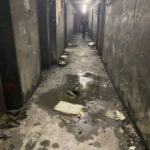
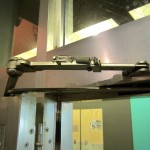
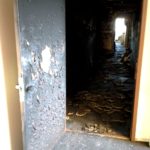




Interesting story
Lawmakers
Fire rated Doors latched open
Fire sprinklers not activating
Nice mix
A little more info on Cape Town
https://www.citizen.co.za/news/south-africa/2953342/parliament-fire-sprinkler-system-7-january-2022/